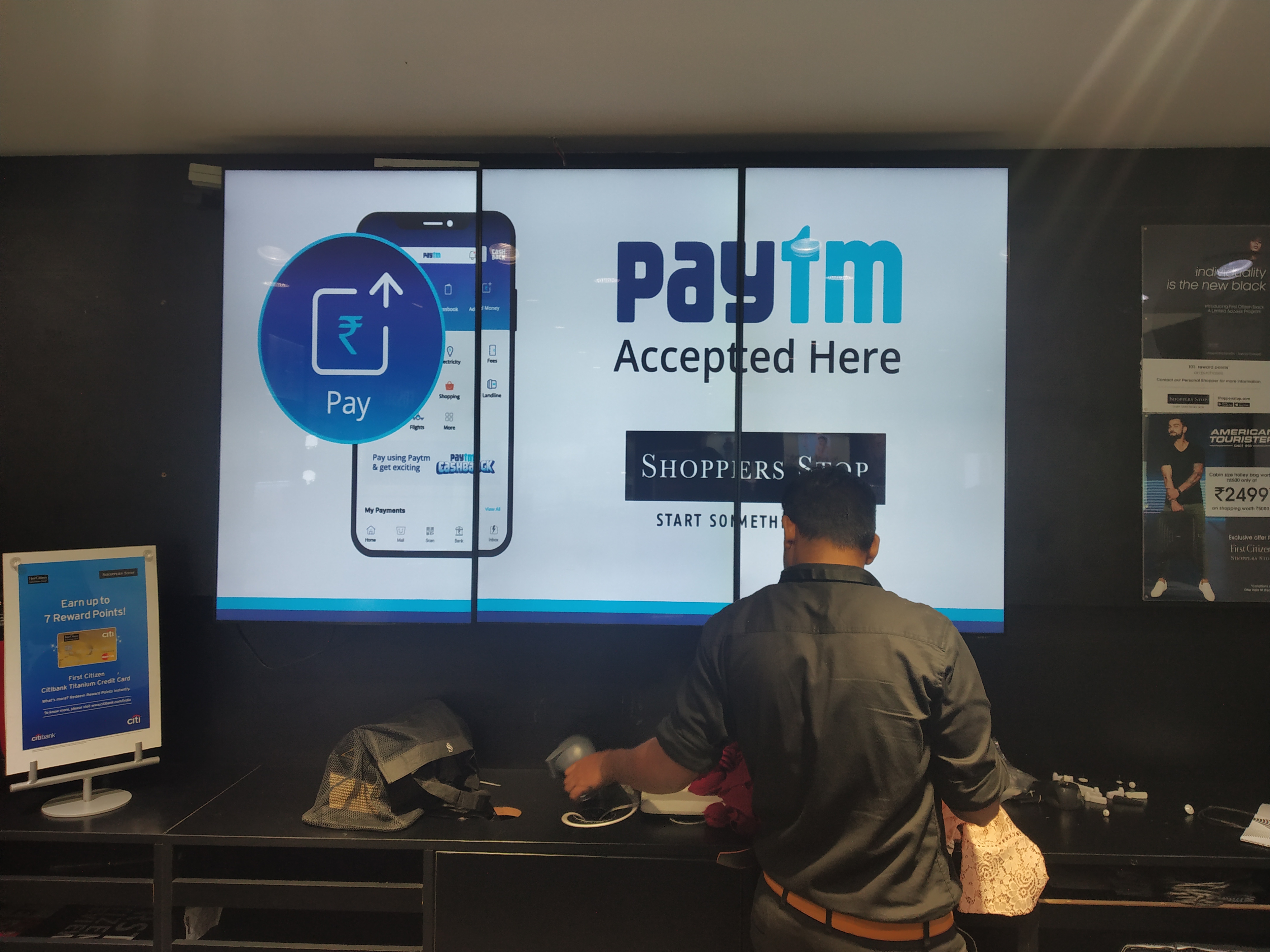One97 Communications, which owns and runs digital payments platform Paytm, has filed the draft prospectus for its initial public offering (IPO) on Friday to raise up to INR 166 billion (USD 2.2 billion).
Paytm’s IPO will be the largest-ever listing in the Indian capital market, surpassing Coal India’s INR 154.75 billion IPO in 2010. The offer comprises of fresh issue of equity shares worth up to INR 83 billion (USD 1.1 billion) and an offer for sale by existing investors for another INR 83 billion. With the IPO, Paytm is reportedly targeting a valuation of USD 24–30 billion.
The existing backers who would sell shares during the IPO include SoftBank, Alibaba, Ant Group, Elevation Capital, and Berkshire Hathaway, among others. Vijay Shekhar Sharma, founder and CEO of Paytm, also plans to offload some of his stakes.
The company has positioned itself as a professionally managed entity with no identifiable promoter. Sharma, who currently owns 14.6% shares—directly as well as through his investment firm VSS Holdings—will continue to be the chairman, managing director, and CEO of the company. The company’s board recently approved his removal as the promoter to comply with rules set by market regulator SEBI.
Paytm has reserved 75% of the total shares for qualified institutional buyers, 15% for non-institutional investors, and the remaining 10% for retail buyers.
Of the total INR 83 billion (USD 1.1 billion) worth of net proceeds from the fresh issuance of shares, the company plans to use INR 43 billion (USD 576 million) in growing and strengthening its ecosystem of services by the acquisition of consumers and merchants.
In its filing, the Noida-headquartered company said it had 333 million consumers and 21.1 million merchants as of March 31, 2021. “In order to increase our customer and merchant base, we will continue to incur substantial costs towards marketing and promotional expenses, product and engineering talent to build technology solutions, expanding our sales team, and providing devices and services to merchants,” it noted.
Paytm will use another INR 20 billion for investing in new business initiatives, acquisitions, and strategic partnerships.
Furthermore, the company said it may sell shares worth INR 20 billion before the IPO, which would reduce its fresh issue size by the same number of shares.
This is not the first attempt by One97 Communications to list its shares on bourses. In 2010, the company planned to raise INR 1.2 billion through an IPO but had to cancel its plan because of market volatility.
The rise to the top
Founded in 2000 by Vijay Shekhar Sharma, One97 Communications sold value-added services to telecom operators for a decade. In 2009, it set up Paytm to get into e-wallet services, mobile recharges, and utility bill payments. Over the last 12 years, the company has emerged as India’s leading payment platform, offering mobile payments and financial services. The company has also been building a network of services on its platform in a bid to become the country’s first super app.
Paytm became a household name in India post the demonetization of two banknotes in 2016 by the government. The landmark event made 86% of the currency in circulation worthless, which in turn made Paytm the go-to app for millions of Indians to transfer money. At the time, Paytm was the clear-cut market leader with only a few new players like MobiKwik and PhonePe in the market.
However, as India’s real-time payment mechanism Unified Payments Interface (UPI) started gaining steam by 2017, it made Paytm’s mobile wallet obsolete. Since then, a handful of new players such as BharatPe, Google Pay, Amazon Pay, and PhonePe, which is now owned by Walmart, are giving stiff competition to Paytm.
In its 11 years of operations as a digital payment company, Paytm has added scores of use cases on its app such as utility bill payments, online and QR code-based money transfer, mobile recharges, games, hotel booking, entertainment, and travel tickets. It also opened up its platform for 3rd parties to list their mini-apps in segments across content, food delivery, e-commerce, and ride-hailing. Under its financial service arm, Paytm Money, it offers different insurance products, mutual funds, and personal loans.
“Paytm has evolved from an e-payment company to one offering multiple products through its app. The company has added multiple product streams and started focusing on financial services, mainly investments and broking, which are bringing more stability to the company’s revenue and de-risking its business model,” Arijit Malakar, head of research (retail) at Ashika Stock Broking told KrASIA. “It is likely to get the interest from new millennial investors just like Zomato IPO which got fully subscribed on the first day of the opening.”
On the merchant side, Paytm enables small and medium businesses to accept payments as well as sells them software and cloud services to improve their business operations and access important financial tools such as banking, wealth, and credit facilities. At a valuation of USD 16 billion, Paytm is India’s second most valuable internet company.
It claims to be the largest payments platform in terms of the number of transactions between consumers and merchants. Paytm’s GMV has increased from INR 2,292 billion in FY 19 to INR 4,033 billion in FY 21, while its monthly transacting users stood at 50.4 million for the quarter ended March 2021. GMV implies the gross merchandise value of total payments made to merchants through transactions.
“We derive a majority of our revenue from transaction fees we collect from merchants for our payment services,” the company said. “In FY 19, FY 20, and FY 21, revenue from our payment and financial services accounted for 52.5%, 58.1%, and 75.3% of our revenue from operations.”
Over the past few years, Paytm has been trying to cut losses in its bid to become profitable by 2022. While the total income of the company has chipped—from INR 35.7 billion in FY 19 to INR 31.8 billion in FY 21, the losses have also come down from INR 42.3 billion in FY 19 to INR 17 billion in FY21.
“We have incurred net losses for the last three years…and we expect to continue to incur net losses for the foreseeable future and we may not achieve or maintain profitability in the future,” the company said in the filing. “We expect our operating expenses to increase as we hire additional personnel, expand our operations and infrastructure, continue to enhance our platforms…expand our products and services, and expand and improve our interface.”
Aside from India, the company said it has operations in Canada, Singapore, UAE, Malaysia, Tanzania, Uganda, and Bangladesh, among others.
“We are exploring and will continue to explore new business initiatives, including in industries, geographies, and markets in which we have limited or no experience, as well as new business models that may be untested or even create new markets,” it said.






